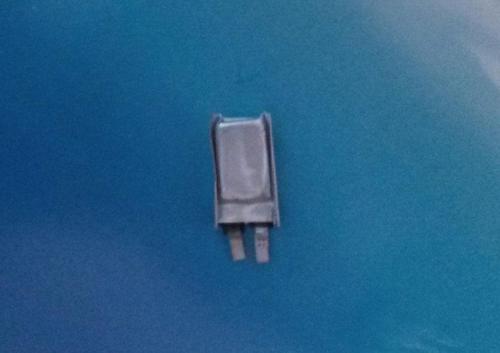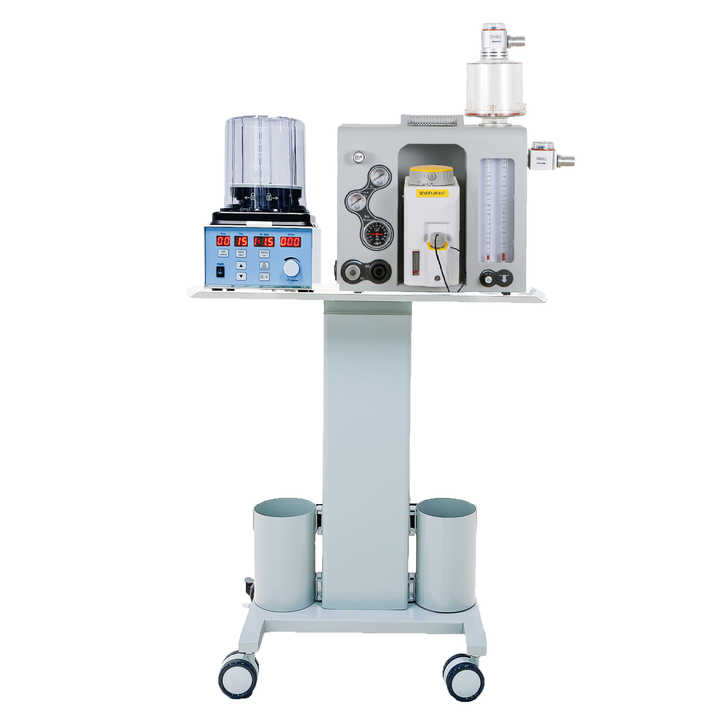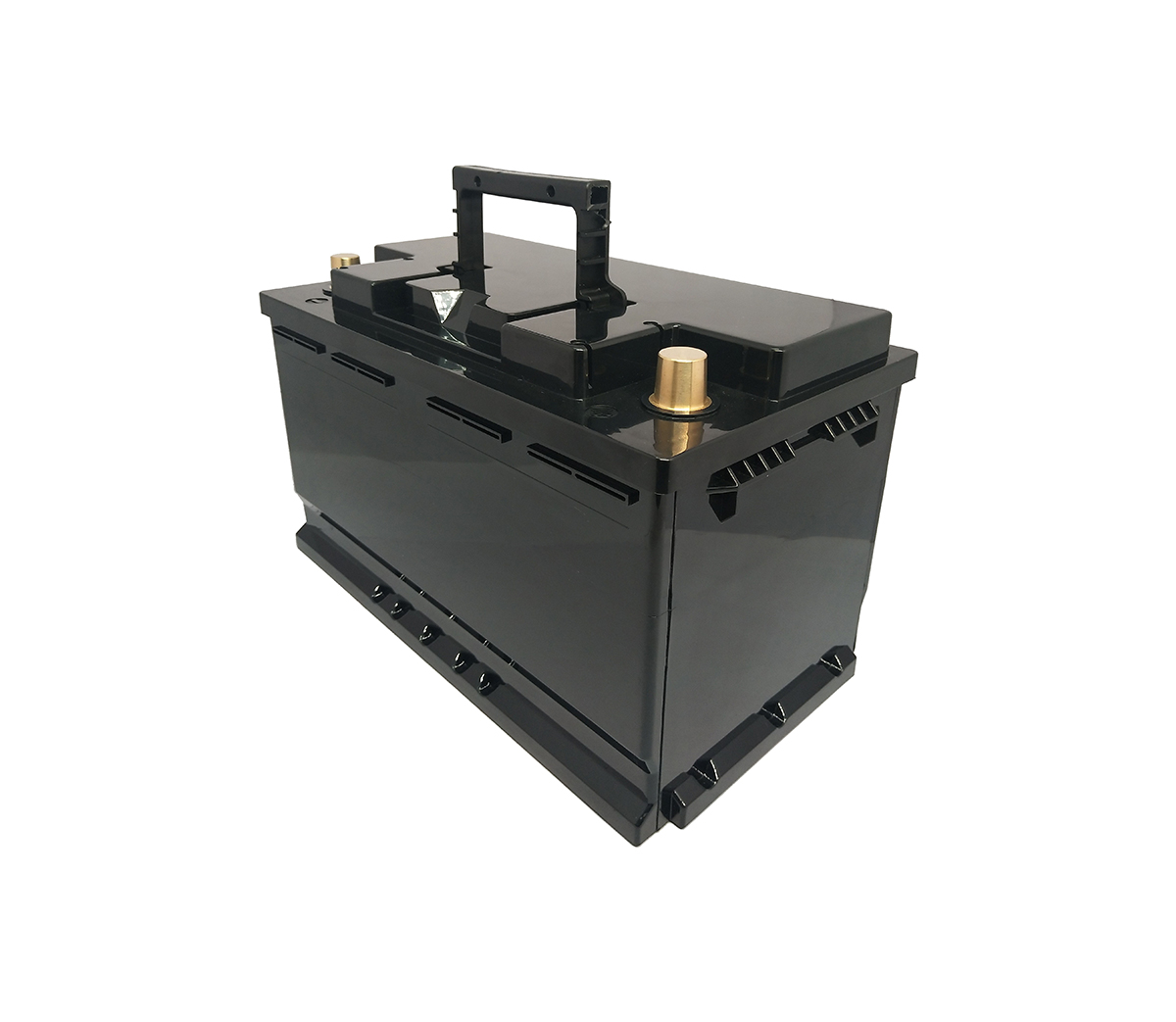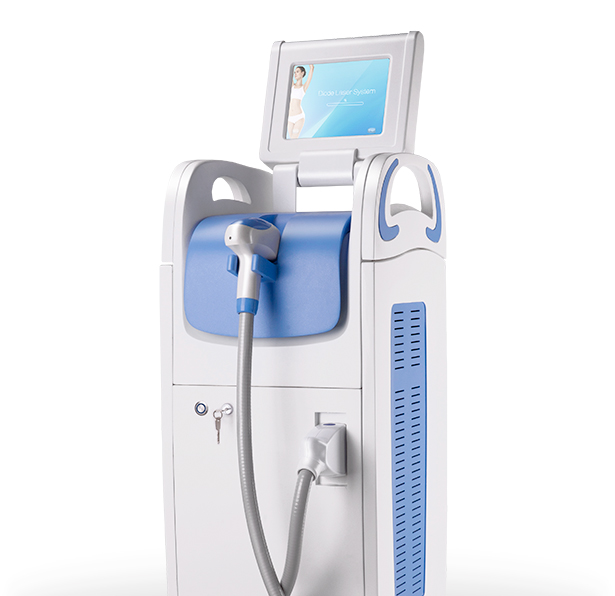
Power electronic technology is a kind of current aiming technique that
tricks power electronic devices to transform and control electric energy. The
basic functions include: rectification, inverter, chopping, frequency
conversion, switching, intelligent control, etc.
1 Application field of power electronic technology Power electronic
technology is a kind of current aiming technique that coaxes power electronic
devices to transform and control electric energy. The basic functions include:
rectification, inversion, chopping, frequency conversion, switching and
intelligent control. It enables the power frequency electric energy of the power
grid to be finally converted into electric energy of different nature and
different purposes, in order to comply with the different needs of the
ever-changing power assembly. Modern power electronic technology is mainly used
in the following three areas:
1) The frequency converter is a combination of microelectronics, power
electronics and I control technology. It converts a fixed frequency AC power
source into an adjustable voltage and frequency adjustable AC power to achieve
stepless speed regulation of the AC electromechanical system. It plays a
prominent role in saving electricity, improving production technology, and
raising the level of production automation.
2) Electronic power supplies are mainly divided into switching power
supplies and uninterrupted power supplies. In addition, there are many other
types, such as variable frequency power supplies, electrolytic plating power
supplies, welding power supplies, induction heating power supplies, charging
power supplies, neon lights and lighting power supplies. There are many types
and widespread distribution. Provide power support for modern communications,
computing, lighting and other industries.
3) The application in the power system includes: a power generation system,
static excitation control assembly of large-scale generators, variable speed and
constant frequency of hydraulic and wind power generators, variable frequency
speed regulation of fans and water pumps in power plants, solar power generation
control system: hum Electrical system, flexible AC transmission technology
(FACTS), high voltage direct current transmission technology (HVDC), static var
compensator (SVC): c power distribution system: d. power consumption system. 2
Discussion on the growth trend of power critical technologies
2.1 Solar power generation technology
Solar-type inexhaustible renewable energy, .-J YongJ huge amount. Years of
solar radiation energy, depending on the difference of latitude, can reach
870~3400KWh/m20 according to the conversion efficiency 020. In general, a solar
cell with an area of 10 square meters can provide 3000-5000KWh/m2 of
electricity throughout the year, which is enough for For general households,
solar power technology mainly includes photovoltaic power generation (PV)
technology and solar thermal power generation technology.
Photovoltaic power generation (PV) technology, which uses solar cells to
directly convert solar energy into electrical energy, is considered to be one of
the most promising technologies for industrial-scale use of renewable energy in
the next century. At present, the global photovoltaic power generation scale is
still small. The output of a single solar cell increases rapidly in capacity,
doubling approximately every 3-4 years. By the middle of the next century, the
installation capacity of photovoltaic power generation will be considerable. The
key to large-scale use of photovoltaic power generation technology is its price.
Due to the progress of photovoltaic cell research in recent years, the price of
photovoltaic power generation is expected to compete with conventional power
generation technologies around 2000.webcam factory
2.2 Fuel cell power generation technology Fuel cell (FC) type is an
assembly that directly converts the chemical energy of fuel into electrical
energy. The fuel cell power generation efficiency is high, and the power can
reach more than 600/o. If the high temperature fuel cell is combined with the
combined cycle, the efficiency can reach 85%. Moreover, the efficiency is
greatly affected by the size and load of the fuel cell. Fuel cell power
generation can quickly track load changes, with a speed of up to 500/o of full
load change per second, and strong peak shaving capabilities.
The important advantage of FC power generation is that the pollution of the
stack is very small, and because there is no combustion process, it can achieve
practically zero emissions. The fuel cell has another advantage-saving water.
This is extremely important to our country where water capital is lacking. In
addition, fuel cell power generation still has the advantages of being suitable
for distributed power supply, saving power transmission investment, modular
structure, and easy expansion.
2.3 Flexible thanks to L transmission technology
Flexible AC Transmission System (FACTS) is a new technology that emerged in
the late 1980s and has grown rapidly in recent years. Experts predict that this
technology will cause major changes in power transmission and distribution in
the future, and will play an important role in enriching the existing power grid
capital and realizing the efficient use of electric energy. The so-called
"flexible AC power transmission technology" refers to the use of large power
electronic devices as large power high-voltage switches, and other power
equipment to form FACTS equipment to achieve control of power system parameters,
such as line impedance, phase angle, and power control. Continuous conditioning
and control, thereby greatly improving the transmission capacity of transmission
lines and improving the stability of the power system, reducing transmission
consumption.
2.4 Electric energy storage technology
Electric energy storage is an important way to achieve high-efficiency
energy use. In addition to pumped storage, a practical energy storage system is
battery energy storage (BESS). Its focal component is an AC-DC converter
composed of storage batteries and GTO devices. The battery energy storage system
can be used as a spinning reserve, as well as a peak shaving and R local
frequency power supply, or directly installed in important users as a large
uninterrupted power supply. At the same time, BESS also has the function of
reactive power conditioning.
2.5 Power quality control technology
An important part of the efficient use of electric energy is to provide
users with reliable and high-quality electric energy supply. The growth of
modern society has put forward higher and higher requirements for improving the
reliability of power supply and improving the quality of power. In modern
enterprises, due to the adoption of variable frequency speed control drives,
robots, automatic production lines, and fine processing tools, due to the
increasingly common use of programmable controllers and computer information
cave systems, the control of power quality is strict. Requirements. These
equipments are very sensitive to power fluctuations and various interferences,
and any deterioration in power supply quality may cause a decline in product
quality, resulting in heavy losses.
3Exhibition of new application fields of modern power electronic
technology
1) Energy-saving electromechanical systems, design special
electromechanical and special power electronic control equipment to improve the
efficiency of electric energy: 2) Electric vehicles and charging station
network, the use of electric vehicles has become an important issue for
environmental protection, and its charging network The construction is still in
the preliminary stage, so there will be a lot of room for growth; 3) The medium
and high voltage DC transmission and distribution system, which has the
advantages of high power factor, low grid pollution, and energy saving; 4)
Electric energy storage and assembly, deceive power electronics The technology
stores electric energy in batteries or superconducting coils, which can realize
the storage of electric energy and provide a solution to the reasonable
deception of electric energy that cannot be achieved.



































